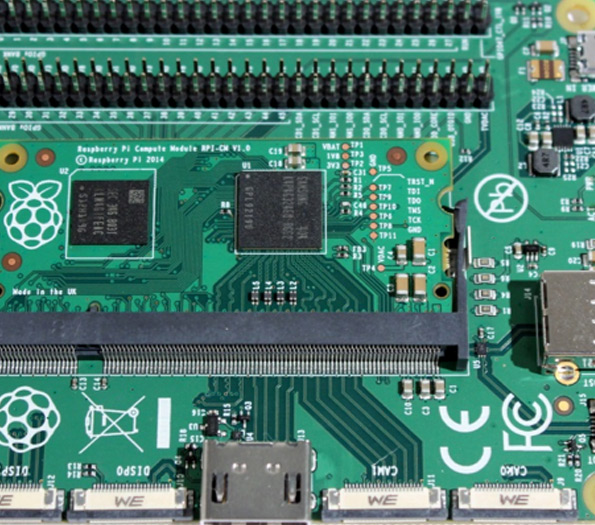

High Solar Gain Low-E Glass Enhancing Energy Efficiency and Comfort
In recent years, there has been a growing focus on energy efficiency in the building and construction industry. As awareness of environmental concerns rises, the architectural and glass manufacturing sectors are constantly innovating to improve energy performance in buildings. One significant development in this field is the creation of high solar gain low-emissivity (Low-E) glass, which has transformed how we think about natural light, heat gain, and overall energy efficiency in homes and commercial properties.
Understanding Low-E Glass
Low-E glass is a special type of energy-efficient glass coated with a thin layer of metallic oxides. This invisible coating allows sunlight to enter while reflecting heat back to its source. This unique property makes Low-E glass an essential component in energy-efficient windows. Low-E coatings can be designed to provide varying levels of insulation, solar gain, and glare reduction, catering to different climatic conditions and architectural styles.
The Benefits of High Solar Gain Low-E Glass
1. Maximizing Natural Light High solar gain Low-E glass excels in letting in natural sunlight. This feature is particularly beneficial for spaces that require ample natural light, such as offices, schools, and residential homes. Increasing daylight usage can lead to a more pleasant indoor environment while reducing the reliance on artificial lighting, ultimately lowering energy costs.
2. Temperature Regulation One of the standout features of high solar gain Low-E glass is its ability to balance heat gain and loss. In cooler climates, this glass can harness solar energy, providing warmth during colder months without significant heat loss during the night. This quality can lead to reduced heating requirements, resulting in substantial energy savings.
3. Improved Comfort By controlling heat transfer, high solar gain Low-E glass can improve thermal comfort for occupants. Traditional glazing methods often lead to drafty conditions and uneven temperatures within a space. With high solar gain Low-E glass, indoor temperatures can be maintained more consistently, creating a comfortable living or working environment.

4. Reduced Energy Costs The reduction in heating and cooling energy costs is a compelling reason to choose high solar gain Low-E glass. By effectively regulating indoor temperatures, buildings can rely less on HVAC systems, which is not only cost-effective but also beneficial for the environment. Lower energy consumption directly translates to decreased greenhouse gas emissions and a smaller carbon footprint.
5. Versatility in Design Architects and builders appreciate the versatility of high solar gain Low-E glass. It can be incorporated into various window types, from fixed windows to operable units, allowing for creative architectural expressions without sacrificing energy performance. This flexibility enables the integration of energy-efficient solutions into diverse design aesthetics.
Considerations When Choosing High Solar Gain Low-E Glass
While the benefits of high solar gain Low-E glass are numerous, it's essential to consider certain factors when choosing this type of glazing for a building. First, the local climate plays a significant role in determining the most suitable Low-E coating. For instance, in hot climates, a lower solar gain might be preferred to reduce cooling loads, whereas, in cold climates, maximizing solar gain can significantly reduce heating demands.
Moreover, the orientation of the building and the size of the windows should influence the decision. South-facing windows can benefit from high solar gain Low-E glass, as they allow more sunlight during the day, which contributes to passive solar heating. In contrast, west-facing windows may require more controlled solar gain to prevent overheating in the late afternoon.
Conclusion
High solar gain low-emissivity glass represents a significant advancement in building materials, providing a perfect balance between energy efficiency and occupant comfort. Its ability to maximize natural light while improving thermal regulation makes it a valuable asset in modern architecture. As the move toward sustainable building practices continues to gain momentum, the adoption of high solar gain Low-E glass will play a critical role in shaping energy-efficient, comfortable, and environmentally friendly spaces. Embracing this innovation not only enhances the quality of life for occupants but also contributes positively to the planet's health—making it a win-win solution for future development.